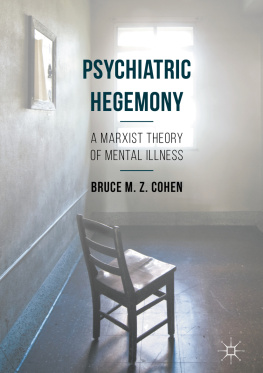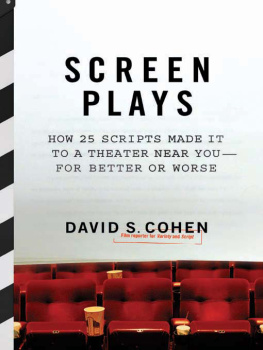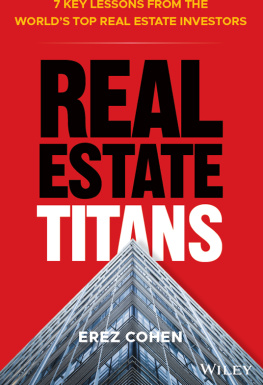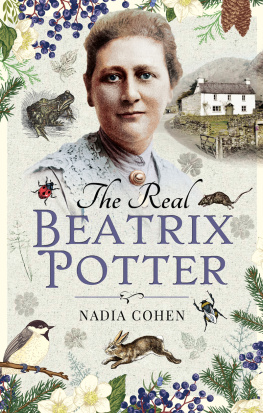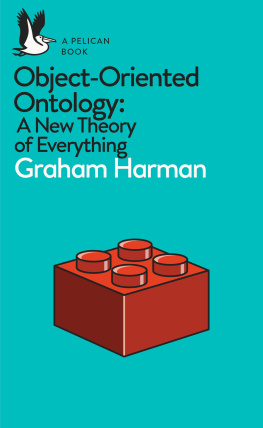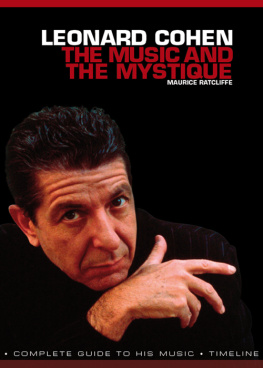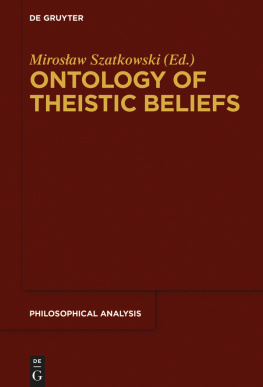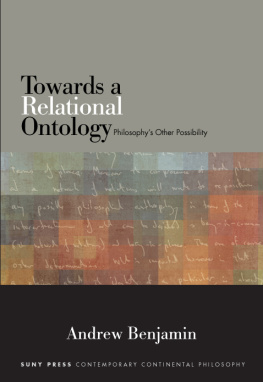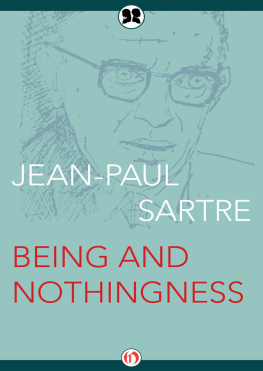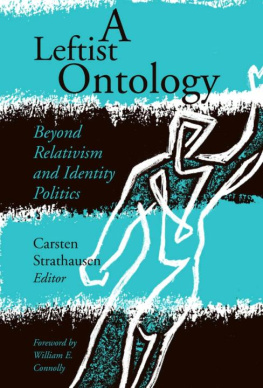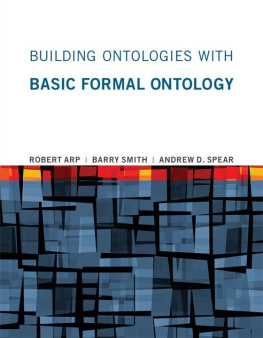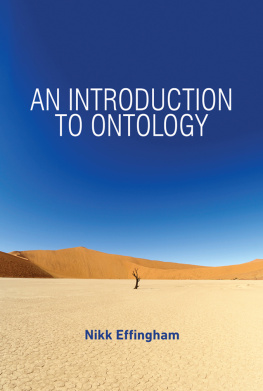Cohen - The red and the real: an essay on color ontology
Here you can read online Cohen - The red and the real: an essay on color ontology full text of the book (entire story) in english for free. Download pdf and epub, get meaning, cover and reviews about this ebook. City: New York;Oxford, year: 2011;2010, publisher: Oxford University Press USA - OSO, genre: Romance novel. Description of the work, (preface) as well as reviews are available. Best literature library LitArk.com created for fans of good reading and offers a wide selection of genres:
Romance novel
Science fiction
Adventure
Detective
Science
History
Home and family
Prose
Art
Politics
Computer
Non-fiction
Religion
Business
Children
Humor
Choose a favorite category and find really read worthwhile books. Enjoy immersion in the world of imagination, feel the emotions of the characters or learn something new for yourself, make an fascinating discovery.

- Book:The red and the real: an essay on color ontology
- Author:
- Publisher:Oxford University Press USA - OSO
- Genre:
- Year:2011;2010
- City:New York;Oxford
- Rating:3 / 5
- Favourites:Add to favourites
- Your mark:
- 60
- 1
- 2
- 3
- 4
- 5
The red and the real: an essay on color ontology: summary, description and annotation
We offer to read an annotation, description, summary or preface (depends on what the author of the book "The red and the real: an essay on color ontology" wrote himself). If you haven't found the necessary information about the book — write in the comments, we will try to find it.
The red and the real: an essay on color ontology — read online for free the complete book (whole text) full work
Below is the text of the book, divided by pages. System saving the place of the last page read, allows you to conveniently read the book "The red and the real: an essay on color ontology" online for free, without having to search again every time where you left off. Put a bookmark, and you can go to the page where you finished reading at any time.
Font size:
Interval:
Bookmark:
THE RED AND THE REAL
An Essay on Color Ontology
JONATHAN COHEN


Great Clarendon Street, Oxford OX2 6DP
Oxford University Press is a department of the University of Oxford.
It furthers the Universitys objective of excellence in research, scholarship,
and education by publishing worldwide in
Oxford New York
Auckland Cape Town Dar es Salaam Hong Kong Karachi
Kuala Lumpur Madrid Melbourne Mexico City Nairobi
New Delhi Shanghai Taipei Toronto
With offices in
Argentina Austria Brazil Chile Czech Republic France Greece
Guatemala Hungary Italy Japan Poland Portugal Singapore
South Korea Switzerland Thailand Turkey Ukraine Vietnam
Oxford is a registered trade mark of Oxford University Press
in the UK and in certain other countries
Published in the United States
by Oxford University Press Inc., New York
Jonathan Cohen 2009
The moral rights of the author have been asserted
Database right Oxford University Press (maker)
First published 2009
All rights reserved. No part of this publication may be reproduced,
stored in a retrieval system, or transmitted, in any form or by any means,
without the prior permission in writing of Oxford University Press,
or as expressly permitted by law, or under terms agreed with the appropriate
reprographics rights organization. Enquiries concerning reproduction
outside the scope of the above should be sent to the Rights Department,
Oxford University Press, at the address above
You must not circulate this book in any other binding or cover
and you must impose this same condition on any acquirer
British Library Cataloguing in Publication Data
Data available
Library of Congress Cataloging in Publication Data
Library of Congress Control Number: 2009926732
Printed in Great Britain
on acid-free paper by
MPG Books Group
ISBN 9780199556168
1 3 5 7 9 10 8 6 4 2
For my son, Aaron Gabriel Cohen.
It was not always thus. Colour, if Tradition speaks the truth, once for the space of half a dozen centuries or more, threw a transient splendour over the lives of our ancestors in the remotest ages. Some private individual a Pentagon whose name is variously reported having causally discovered the constituents of the simpler colours and a rudimentary method of painting, is said to have begun decorating first his house, then his slaves, then his Father, his Sons, and Grandsons, lastly himself. The convenience as well as the beauty of the results commended themselves to all. Wherever Chromastites, for by that name the most trustworthy authorities concur in calling him, turned his variegated frame, there he at once excited attention and attracted respect. No one now needed to feel him; no one mistook his front for his back; all his movements were readily ascertained by his neighbours without the slightest strain on their powers of calculation; no one jostled him, or failed to make way for him; his voice was saved the labour of that exhausting utterance by which we colourless Squares and Pentagons are forced to proclaim our individuality when we move amid a crowd of ignorant Isoceles.
(Abbott, 1884, 3940).
UPS, the UPS brandmark and the color brown are trademarks of United Parcel Service of America, Inc. All rights reserved.
United Parcel Service web site.
Why Color Matters
A brief glance at recent philosophical journals, book catalogs, conference schedules, or graduate seminar offerings reveals that color has recently returned to its place at the center of philosophical inquiry after many years of receiving relatively scant attention from philosophers. Color had, of course, been of central importance at many periods in the history of philosophy (notably during the modern period), but it is fair to say that color had receded in philosophical interest and importance in recent decades. The current resurgence in philosophical work on color can be traced to a series of articles and monographs published in the late 1980s and early 1990s (e.g., Hardin, 1988; Hilbert, 1987; Thompson, 1995); one respect in which these works were so significant and stimulating to so many is that they showed how a large and exciting body of results drawn from the contemporary color sciences (including physics, colorimetry, computational vision, physiology, psychophysics, and evolutionary biology) bear on traditional ontological and epistemological questions about color. This was important and exciting news for philosophy and cognitive science more generally speaking. Here, for once, the oft-made promises of interdisciplinary research actually panned out: ideas from color science really did foster novel evaluations of old positions, and suggested new arguments and theories. Moreover, and perhaps more importantly in the long run, this work had the salutary effect of increasing the empirical sophistication of later philosophical discussion of color.
Recent philosophical work on color shows that these lessons have been largely taken to heart by academic philosophers. Why, then, should philosophers care about color in particular, when there are other pressing philosophical matters that deserve our attention?
A first reason is that colors are pervasive and salient features of the world as we ordinarily experience it: normal observers cannot help but notice that objects (in a very broad sense) appear to be red, green, and so on. If it is part of the job of an adequate ontology to account for the features we find in the world, then providing an account of colors is a necessary condition of success for such a theory. This is not to say that our ontology must take the reality of colors as a datum: it must be admitted that irrealism about being red is, at the very least, less inducing of blank stares than irrealism about tables and chairs. Rather, it is to say that our ontology must take the appearance of colors as a datum, for which one particularly simple and salient explanation is that colors are genuine features of the world.
Second, and notwithstanding the first point, colors are prima facie difficult to locate with respect to our best understanding of the fundamental physical properties in our world. There is good reason to think that red, blue and their ilk will not show up alongside and on a par with mass, charge and their ilk on the list of fundamental physical properties recognized by our best scientific accounts of the world. But if colors are not among the fundamental physical properties, then we need to find some other way of explaining how colors are related to them. Philosophers have defended a range of explanations of this sort explanations involving supervenience, reduction, elimination, dualism, primitivism, and more. Providing an account of the nature of color, therefore, requires consideration of these notions, and evaluation of the theories that employ them.
In fact, the two reasons I have just given provide yet a third reason for being interested in color. If the first reason arose from the need to fit color into the description of the world given by our ordinary experience of it, then the second reason arose from the need to fit color into the description of the world given by our best scientific and theoretical description of it. Presumably, however, our ultimate explanatory goal is not to fit color into this or that proprietary description, but to find a single, unified description of the world that makes room for color
Next pageFont size:
Interval:
Bookmark:
Similar books «The red and the real: an essay on color ontology»
Look at similar books to The red and the real: an essay on color ontology. We have selected literature similar in name and meaning in the hope of providing readers with more options to find new, interesting, not yet read works.
Discussion, reviews of the book The red and the real: an essay on color ontology and just readers' own opinions. Leave your comments, write what you think about the work, its meaning or the main characters. Specify what exactly you liked and what you didn't like, and why you think so.


